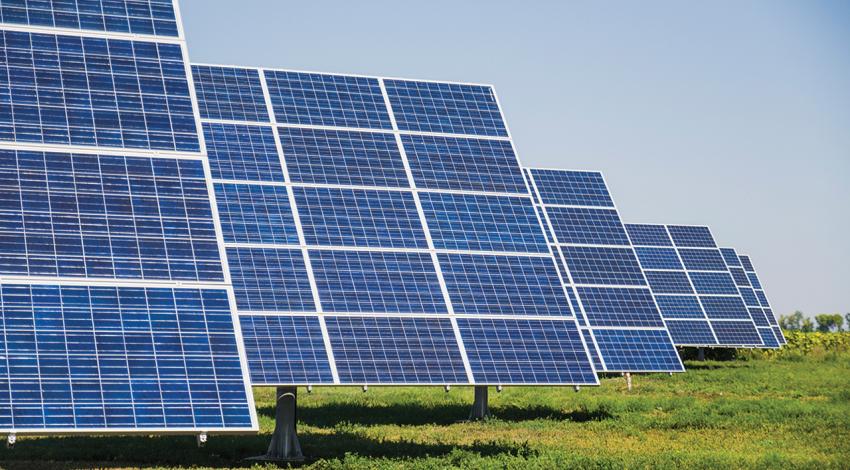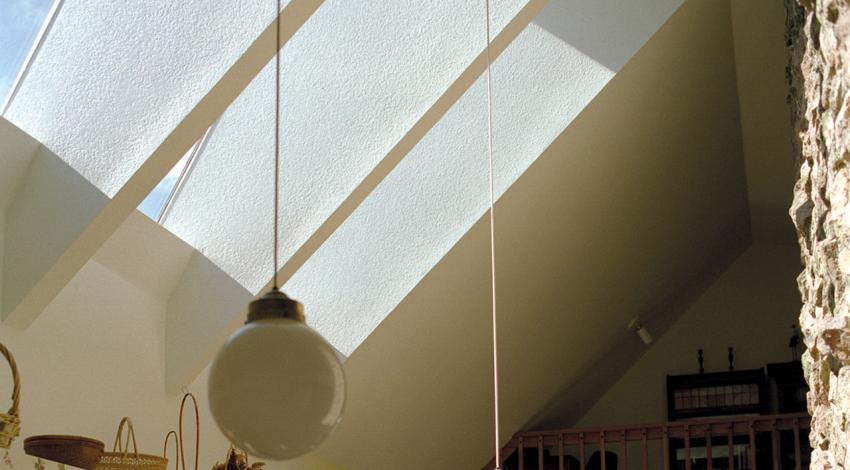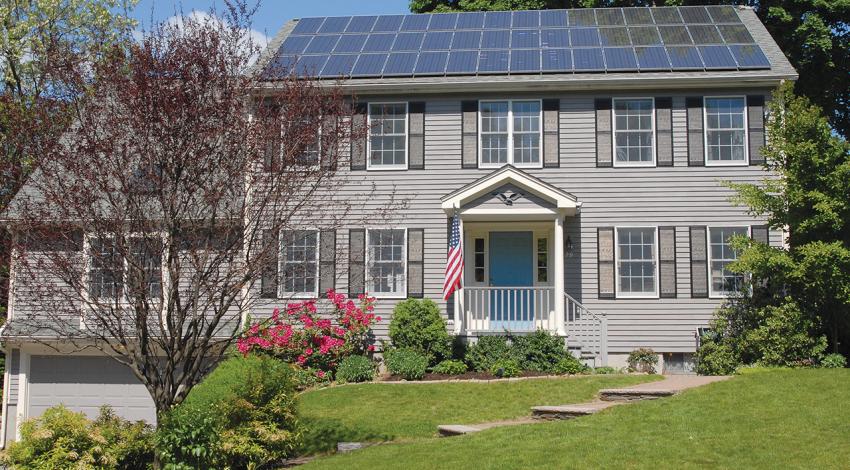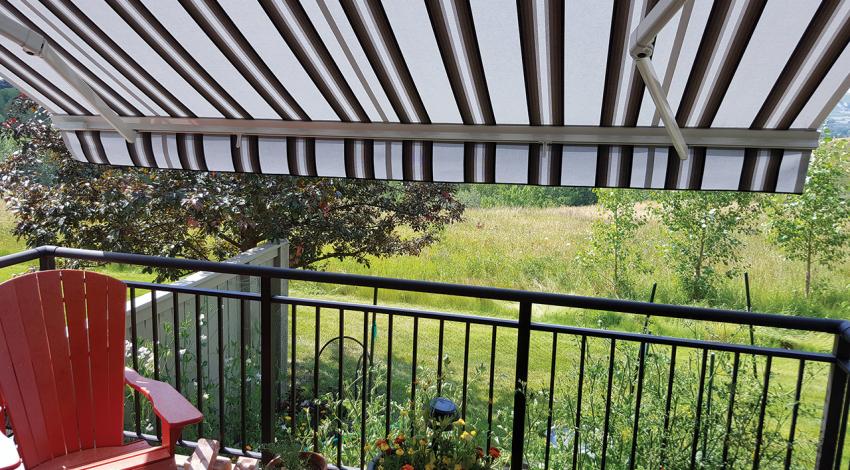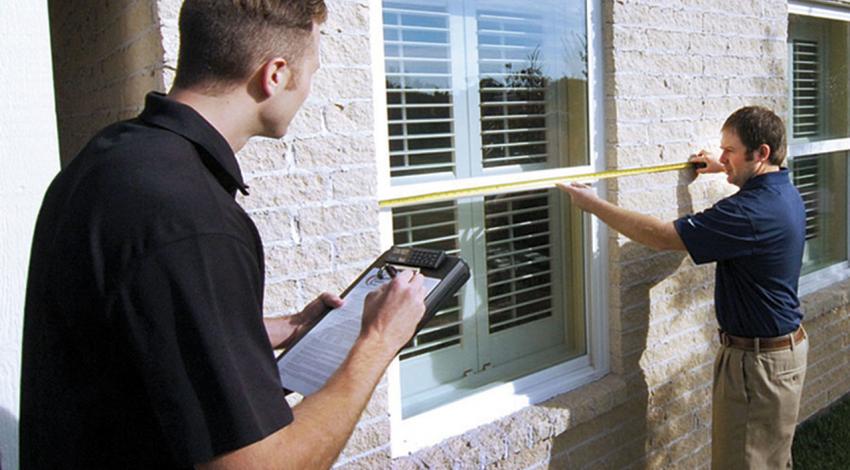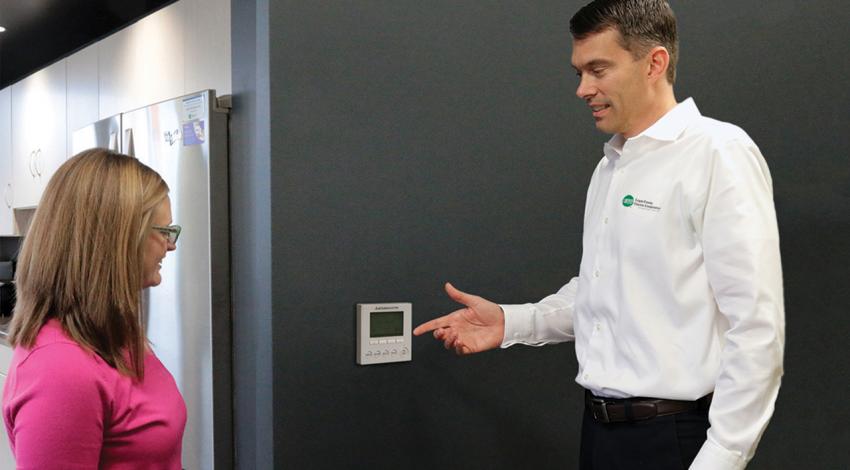Pat Keegan
It’s a shame that holiday lighting can lead to higher energy bills, but the good news is that there are strategies to let you save money without dampening your holiday spirit.
One of the best ways to save energy is by using LED lights, which consume about 80 percent less energy than incandescent bulbs. An individual’s potential savings depends on several factors, including your electric rate and how many hours your holiday lights are turned on.
Kitchens and dining rooms cry out for natural light, and lots of folks consider installing skylights to bring that outside world indoors and make their living space a bit more livable.
Consumers should know, however, that skylights, even when installed properly, can impact energy bills and comfort level, so some advance research can pay real dividends.
As summer approaches, it’s time to think about ways to make your home more comfortable when the sun beats down. Some of the solutions are low-cost, while others require a bigger investment, but in the end, you can be more comfortable and have lower energy bills.
The first step is to reduce your home’s solar gains — the heat energy it collects from the sun. Since most solar gains originate through your home’s windows, awnings are an effective solution. They can reduce solar heat gain by as much as 65 percent on south-facing windows and 77 percent on west-facing windows.
Last month, I offered tips on how to hire a good contractor, but it’s smart to realize that contractors need to be managed after the hiring is complete.
First, clear communication is critical, because a renovation that includes energy efficiency improvements comes with extra challenges. Identifying a single point of contact will help avoid confusion, conflicts, and cost overruns.
Renovations can be the perfect time to improve your home’s energy efficiency. To make sure you get those energy savings, it’s important to do some planning right from the beginning.
The first step is to educate yourself so you can be in control of your project. Helpful, easy-to-understand energy-efficiency information is available for virtually any area of your home and any renovation project.
If you still have an old dial thermostat controlling the temperature in your home, you might take note of new technology available that lets thermostats do things they never could before. That said, it’s worth asking if these new thermostats can save enough money to justify the extra cost.
There are three main types of thermostats: manual, programmable, or smart.
